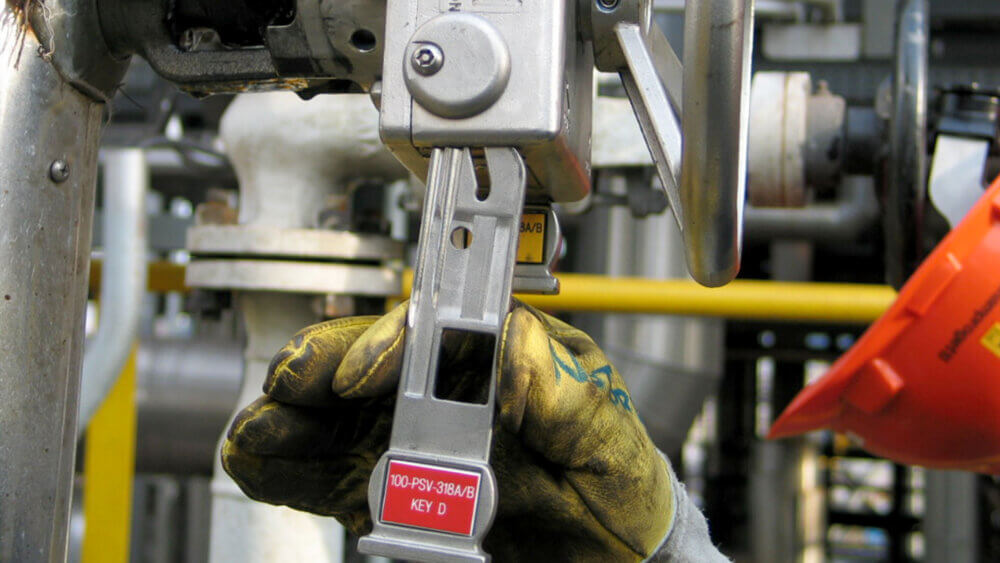In the oil and gas industry, safety is a regulatory requirement. And when it comes to valve interlocking systems, regular inspections are not optional. They are essential to stay compliant and avoid costly, dangerous oversights.
System changes can lead to compliance gaps
Valve interlocks are designed to enforce correct operational sequences, particularly during high-risk tasks like pigging. But over time, systems change; new valves are introduced, operational practices evolve, and documentation can become outdated. Without routine checks, these changes can quietly introduce compliance gaps that only show up when something goes wrong.
Compliance starts with clarity
When one of Sofis’ customers, a leading diversified energy group in the Middle East, faced the challenge of integrating new valves across their sites, they didn’t guess or hope for the best. By prioritizing a thorough site-wide inspection, they ensured their valve interlocking systems met all compliance standards. Working with Sofis and its regional partner Trouvay & Cauvin, plant management launched a comprehensive compliance-driven assessment. This involved cataloging all existing valve interlock systems, measuring valve top works for valve interlock compatibility, verifying specification tags against compliance requirements, and analyzing the functionality and sequencing of pig trap valve interlocks. This systematic approach allowed our customer to spot and address risks before they turned into violations.
From insight to action
Armed with data, the Sofis site engineering team made recommendations and delivered a full implementation plan. From interlock upgrades to on-site installation and local support, every step was designed to bring the company’s systems in line with regulatory standards. This took pressure off the in-house maintenance teams and ensured a single point of accountability throughout the project.
Why it matters
Regulators don’t accept assumptions. They require proof that safety systems, such as valve interlocks, are functioning as intended. The customer’s decision to conduct a proactive assessment was aimed at improving safety, staying ahead of compliance requirements, and preventing future disruptions or fines. Even the best-engineered safety systems can fall out of compliance if they aren’t checked regularly. Routine inspection and system updates are essential to maintaining regulatory approval and operational confidence. Regular audits and upgrades of valve interlocking systems are not a ‘nice to have’, but they are a must.


